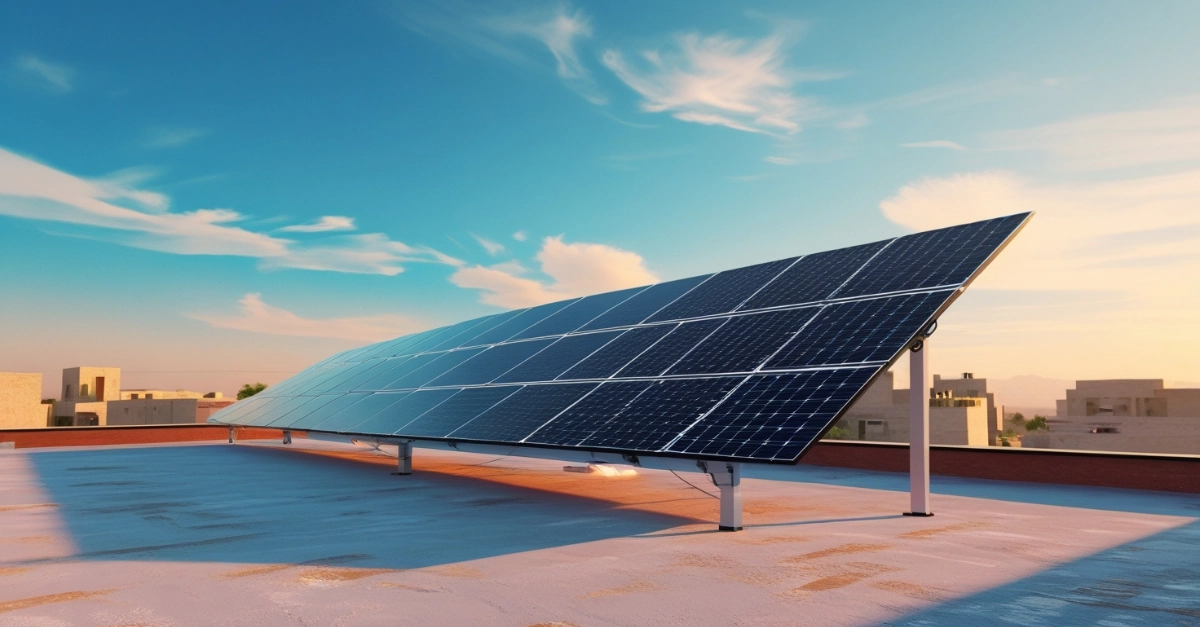Picture this: you’re chilling in your living room, AC blasting, and you’re not sweating about the next electricity bill. Magic? Nah, just a 10kW on-grid solar setup doing its thing. In a place like Pakistan, where the sun practically never takes a day off and electricity prices just keep climbing, going solar isn’t just for tree-huggers anymore—it’s legit smart money. So, what’s it gonna set you back? And what’s involved in actually getting those shiny panels on your roof? Don’t worry, I’ll lay it all out—no jargon, no sugarcoating. Let’s get real.
Current Price of 10KW Solar On Grid System in Pakistan
The cost of a 10kW on-grid solar system in Pakistan typically ranges from PKR 900,000 to PKR 1,200,000 in 2025. Why the range? It depends on factors like the brand of components, installation complexity, and whether you opt for premium panels or budget-friendly ones. Think of it like buying a car—do you want the sleek, high-performance model or the reliable, no-frills version? Both get you to your destination, but the price varies.
This price includes everything: solar panels, inverter, mounting structure, wiring, and installation. Plus, with net metering, you can sell excess electricity back to the grid, making your system a mini money-maker. Now, let’s unpack the materials that make this solar setup shine.
The Building Blocks: Components of a 10kW On-Grid Solar System
A 10kW on-grid solar system is like a recipe—each ingredient plays a crucial role. Here’s what you’ll need:
1. Solar Panels (16–18 Units)
- What they do: These are the heart of your system, converting sunlight into electricity.
- Specs: For a 10kW system, you’ll need 18–20 panels, each rated at 580–640W. Monocrystalline panels are popular for their efficiency and sleek look.
- Brands: Jinko, Longi, or Trina, JA and Canadian Solar are top picks in Pakistan.
- Fun fact: These panels can last 25+ years, outliving most of your appliances!
2. On-Grid Inverter (10kW)
- What it does: Converts the DC power from panels into AC power for your home and syncs with the grid.
- Specs: A single 10kW inverter or multiple smaller ones, depending on the setup.
- Brands: Growatt, Huawei, or Solis, Sungrow, Goodwee, inverex etc. are leading in the market for reliability.
- Why it matters: A good inverter is like a skilled chef—it ensures everything works smoothly without wasting energy.
3. Mounting Structure or Elevated
- What it does: Holds your panels securely on your rooftop or ground.
- Material: Galvanized steel or aluminum to withstand Pakistan’s weather—think scorching summers and monsoon rains.
- Cool detail: Adjustable mounts let you tilt panels for maximum sun exposure, like giving them the best seat at a concert.
4. Cables and Wiring
- What they do: Connect panels, inverter, and your home’s electrical system.
- Specs: UV-resistant DC cables (4mm² or 6mm²) and AC cables for safe, efficient power transfer.
- Pro tip: Quality wiring reduces energy loss, so don’t skimp here—it’s like using a straw instead of a leaky pipe.
5. Protection Devices
- What they do: Keep your system safe from surges, faults, or lightning.
- Components: DC/AC circuit breakers, surge protectors, and earthing kits.
- Why it’s key: These are your system’s bodyguards, ensuring it stays safe in Pakistan’s unpredictable weather.
6. Net Metering Setup
- What it does: Allows you to connect to the grid and get credits for excess power.
- Components: A bidirectional meter installed by your utility provider.
- Perk: It’s like getting paid for sharing your extra solar juice with the neighborhood!
7. Installation and Miscellaneous
- What it includes: Labor, permits, and small accessories like connectors or junction boxes.
- Why it matters: Professional installation ensures your system runs efficiently and safely—think of it as the final polish on a masterpiece.
Why Go Solar in Pakistan?
Pakistan gets over 2,000 hours of sunshine annually—perfect for solar power. A 10kW system can generate 12,000–15,000 units of electricity per year, enough to power a medium-sized home with ACs, fridges, and more. With electricity tariffs climbing, you could save PKR 300,000–400,000 annually on bills. Plus, net metering lets you offset costs further.
The cherry on top? You’re reducing your carbon footprint. A 10kW system can cut CO₂ emissions by about 8–10 tons per year—equivalent to planting 200 trees!
Tips to Get the Best Deal
- Compare Quotes: Get estimates from multiple vendors to find the sweet spot between quality and cost.
- Check Warranties: Look for panels with 25-year performance warranties and inverters with 5–10 years.
- Verify Installers: Choose certified professionals to avoid headaches down the road.
- Explore Financing: Some companies offer installment plans, making solar more affordable.
Final Thoughts: Is It Worth It?
A 10kW on-grid solar system is an investment that pays off through lower bills, energy independence, and a cleaner planet. At PKR 900,000 to 1,200,000, it’s not pocket change, but with savings piling up and Pakistan’s sunny skies, it’s like buying a money-saving machine that runs on sunshine. Ready to make the switch? Your wallet and the planet will thank you!
Got questions about solar or want to share your experience?

